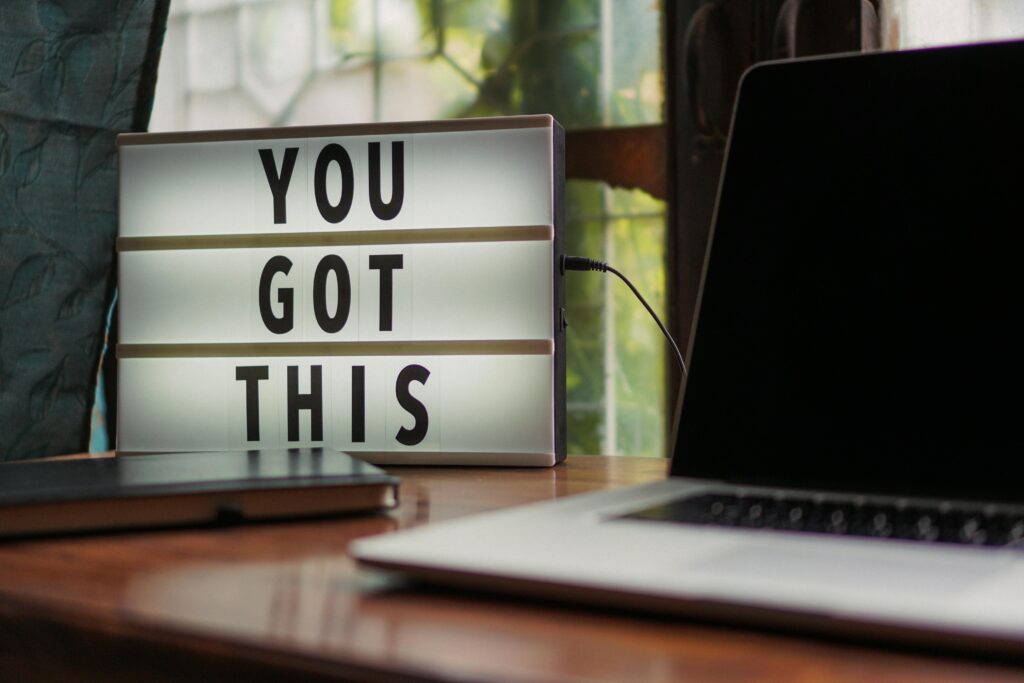In today’s fast paced environment, organizations often unknowingly compromise the cognitive potential and the well-being of their leadership and whole workforce due to inefficient setups. Here’s a look at how this happens and what leaders can do to address it:
1. Adopting a Growth Mindset to Enhance Cognitive Engagement
We must recognize that rapid change and uncertainty increase the likelihood of distractions, procrastination and chronic stress, especially in the case of virtual teams and interactions, the lack of human interaction can impact cognitive engagement and productivity. So, companies, teams and individuals who adopt a Growth Mindset, also related in the Brainhealth landscape to the “brain-as-an-asset” mindset, are more likely to take charge of their cognitive well-being and skillset, actively prioritizing tasks and better regulating distractions and stressors that can impair working memory, decision-making and overall productivity.
2. Leadership Interventions
Broad leadership Interventions are key in shaping cultures and practices that shape brain health in positive ways. For example, one effective strategy is to structure virtual meetings differently and ensure that they do not exceed 20-25 minutes. Clear agendas and frequent 5-minute breaks between meetings allow participants to recharge and stay focused.
Besides these examples, leaders should also promote a shift towards conscious meeting participation, limiting them to essential participants and minimizing distractions during meetings by asking to turn off alarms and notifications on devices.
3. Working Memory
Let’s talk about Working Memory and how to protect it and deploy it well. Working memory is the ability to hold multiple units of information simultaneously. These “units of information” can be thought of as pieces of data that the brain actively processes and can integrate “online” at any given time. For instance, remembering specific instructions, keeping track of deadlines, integrating relevant facts and feedback. Working memory is a crucial and limited cognitive resource essential for tackling any cognitive challenge. Organizations can help preserve this valuable resource by minimizing noise, distractions, and “detail overload.” By doing so, employees can focus on real priorities, conceive solutions, and execute them creatively and flexibly.
The average person can manage and integrate five to seven units of information at a time. However, distractions such as stress, concerns, and random thoughts can consume these units, reducing the capacity available for productive tasks. Imagine a person whose units of information are all occupied with stressors like an upcoming conversation with a boss or political events highlighted in the media. This preoccupation significantly diminishes their capacity to learn and solve tasks at hand, resulting in decreased performance and productivity, and even more stress and concerns. What could be a virtuous circle becomes a vicious one.
To protect working memory, it is important to avoid distractions by being aware of stressors and actively working to mitigate their impact during important tasks. Additionally, utilizing external systems such as calendars and notebooks can help free up working memory, allowing for more efficient information processing.
4. Protecting and Optimizing Working Memory
Stress and working memory are closely linked, and their interaction profoundly impacts decision-making, productivity, and resilience – for good or for bad. Some levels of stress, properly regulated, can be a positive factor, elevating alertness and motivation. Too much of it, once the person is not able to regulate it, harms wellbeing and performance. When dealing with rapidly changing, uncertain environments such as what we experience today in the nascent AI era it is important to master stress regulation with techniques such as:
- Breathing, Visualizing, Reframing, Biofeedback: Implementing stress-regulation techniques to preserve working memory for essential tasks as the “mental athletes” we need to be.
- Efficient Memory Use: Encourage the use of external memory aids to protect cognitive resources.
- Reduce noise: To minimize chances of misallocating limited working memory to unproductive or even counterproductive endeavors.
5. Mindfulness
Incorporating mindfulness practices such as meditation can help build focus and reduce distractibility. A more radical approach could be to erase all recurring meetings from calendars, encouraging employees to mindfully prioritize necessary meetings.
Alongside mindfulness, there is another core approach to Empower Minds and Optimize Cultures: Physical Exercise. We´ll dive deeper into these in our next article “Procrastination, Emotional Regulation & Reframing”.
Understanding and optimizing the use of working memory and brain health overall can lead to better decision-making and enhanced well-being and productivity. Organizations that prioritize these strategies can create a more resilient and effective workforce, and of course the opposite goes for those who don’t.
To harness and grow the potential of our teams, let’s prioritize brain health in our organizational strategy. Let’s restructure meetings, especially virtual ones, incorporate mindfulness practices, and educate our teams on the importance of managing working memory. These steps can not only enhance productivity in the short term but also foster a healthier and more engaged workforce in the longer term.
